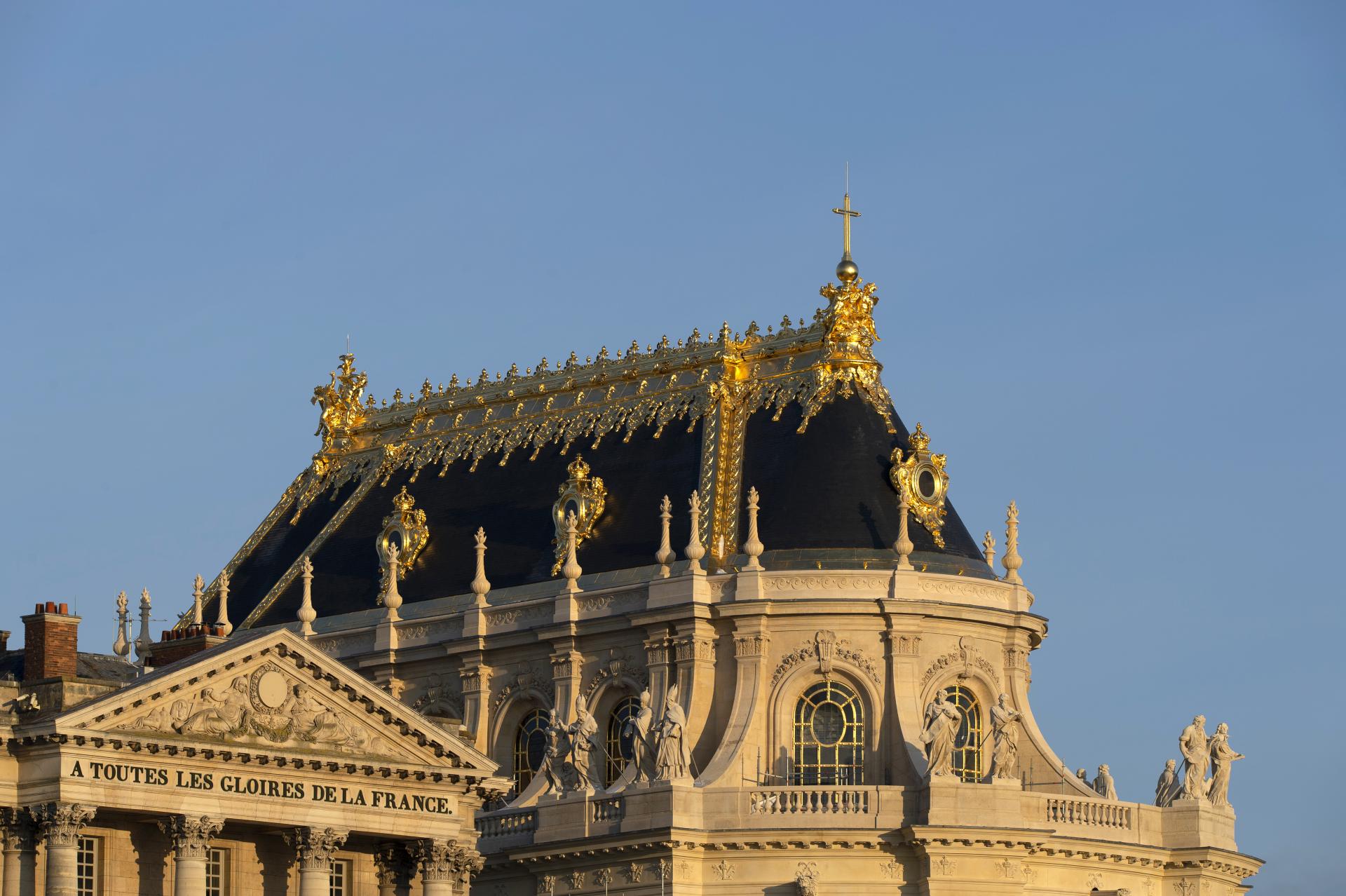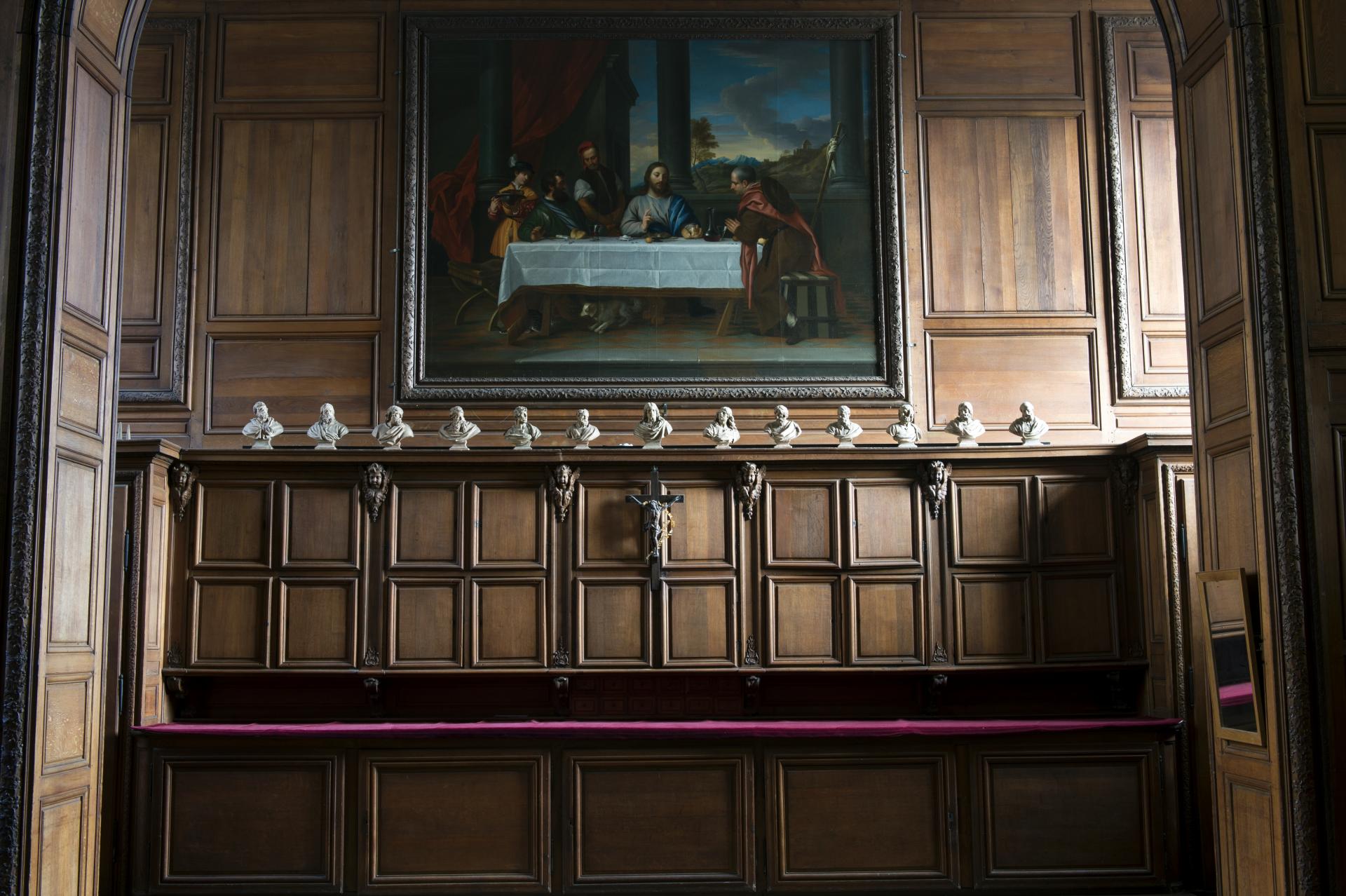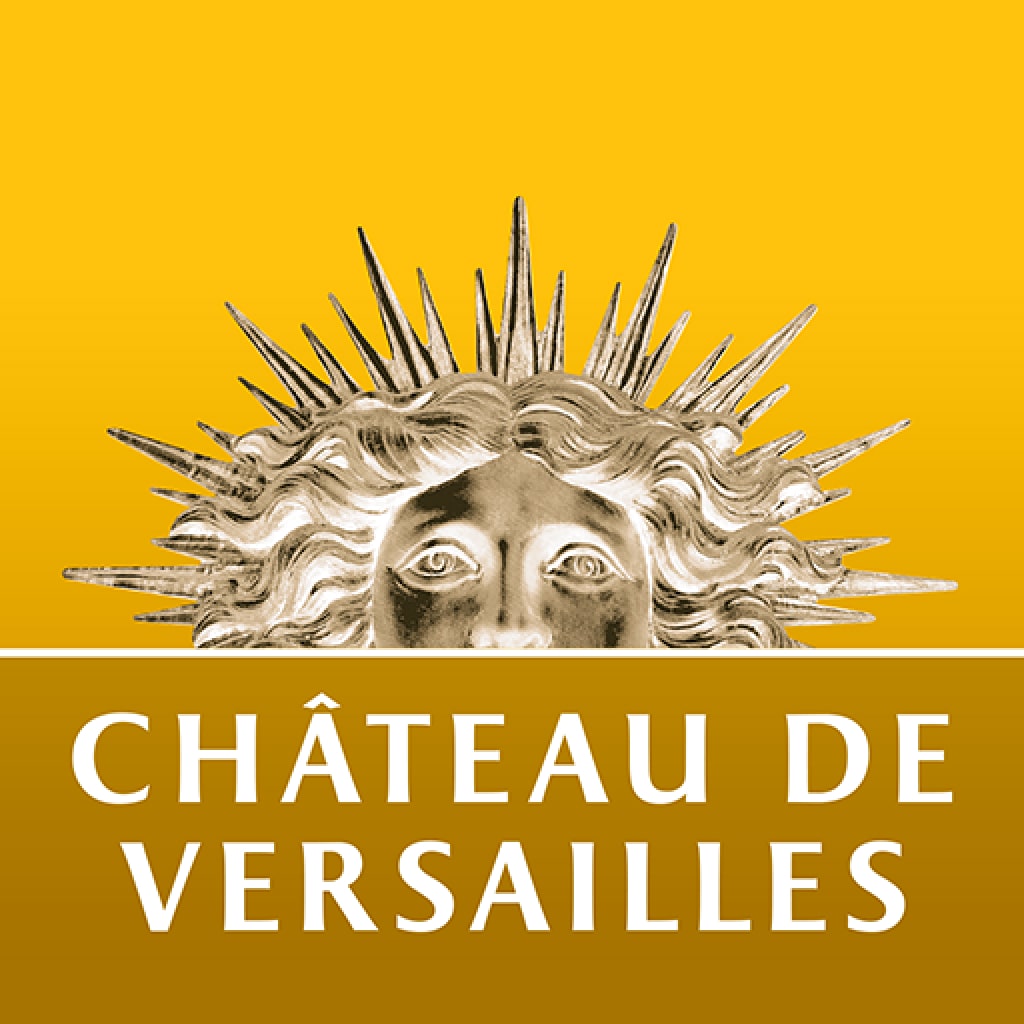Built according to the blueprints of Jules Hardouin-Mansart, the Palace of Versailles’ Royal Chapel is a masterpiece of religious architecture in France and a highlight for visitors to the monument.

The Royal Chapel Annexes
The Royal Chapel and its Annexes
Planning for the Royal Chapel’s construction began back in the 1680s, but it was postponed for financial reasons. It resumed in 1699, and continued until about 1710.
As early as 1682, Louis XIV had asked for the Lazarist missionaries (of whom there were 14 to begin with and later 21) to be appointed to celebrate mass. The Chapel’s organisation thus called for extensive ancillary spaces, for which a site was set aside at the end of the North Wing. These spaces were laid out circa 1708-1710, under the supervision of Jules Hardouin-Mansart and then Robert de Cotte.
The annexes grouped together the various functions associated with worship or the running of the Chapel (including the Lazarists’ Residence, Classroom for the altar boys, Musicians’ Room, Verger’s and Preacher’s Residences, Grand Sacristy and Pièce du Lavabo), which slotted in among the residences for courtiers, officers and other guards occupying the rest of the North Wing.

Exterior view of the Royal Chapel
© EPV/Didier Saulnier
The Royal Chapel Annexes: uniquely authentic spaces
Nothing has changed much about the rooms adjacent to the Chapel since the Ancien Régime. Like the rest of the Palace, the residences were revamped and their spaces optimised at regular intervals from the mid-18th century, and a staircase landing was converted into an Oratory for Madame de Pompadour. In the 19th century, when the Africa Rooms were fitted out, the whole end of the North Wing was preserved thanks to the need to keep the Sacristy. Only the Lazarists’ Staircase was demolished to make way for a heating system for the Smalah Room.
As such, the rooms adjacent to the Royal Chapel give us a rare and special glimpse into the day-to-day life of the Chapel servers and courtiers during the Ancien Régime.
As part of the Royal Chapel’s restoration, work is required today in these rooms too, owing to their sometimes severe state of dilapidation.
Urgent restoration work
The use of the chapel as a performance venue has taken a toll on some of the rooms, because of the specific logistical and layout requirements. Their restoration has therefore become necessary today, while their technical facilities are in need of renovation.
The Grand Sacristy and the Pièce du Lavabo
The Grand Sacristy is the largest and most exquisite room of the Royal Chapel Annexes. But the vestment (or cope) storage chests have suffered significant warping.
Major repairs are required in the Pièce du Lavabo, where the floor has subsided by more than ten centimetres. This has caused extensive warping of the wainscoting. Traditional methods will be applied to restore the exquisite Languedoc marble basin and its lead pipework.

The Grand Sacristy
© EPV/Didier Saulnier
The restoration and refurbishment of these spaces will pave the way to a new visitor trail through part of the Palace which the public has not been able to access until now. The Grand Sacristy will continue to be used for religious purposes in the meantime.
Patronage
The musicians’ room and cantors’ vestry have been restored thanks to the generous support of the primary patron Fondation Philanthropia and patrons Saint-Gobain and Dior who have joined the project.
Madame de Pompadour’s Oratory has been restored thanks to the generous support of the patron Fondation Frédéric de Sainte-Opportune, under the aegis of the Fondation Notre-Dame.
The Sacristy and Pièce du Lavabo are currently being restored thanks to the generous support of the patron Société des Amis de Versailles and the Fondation du patrimoine.




